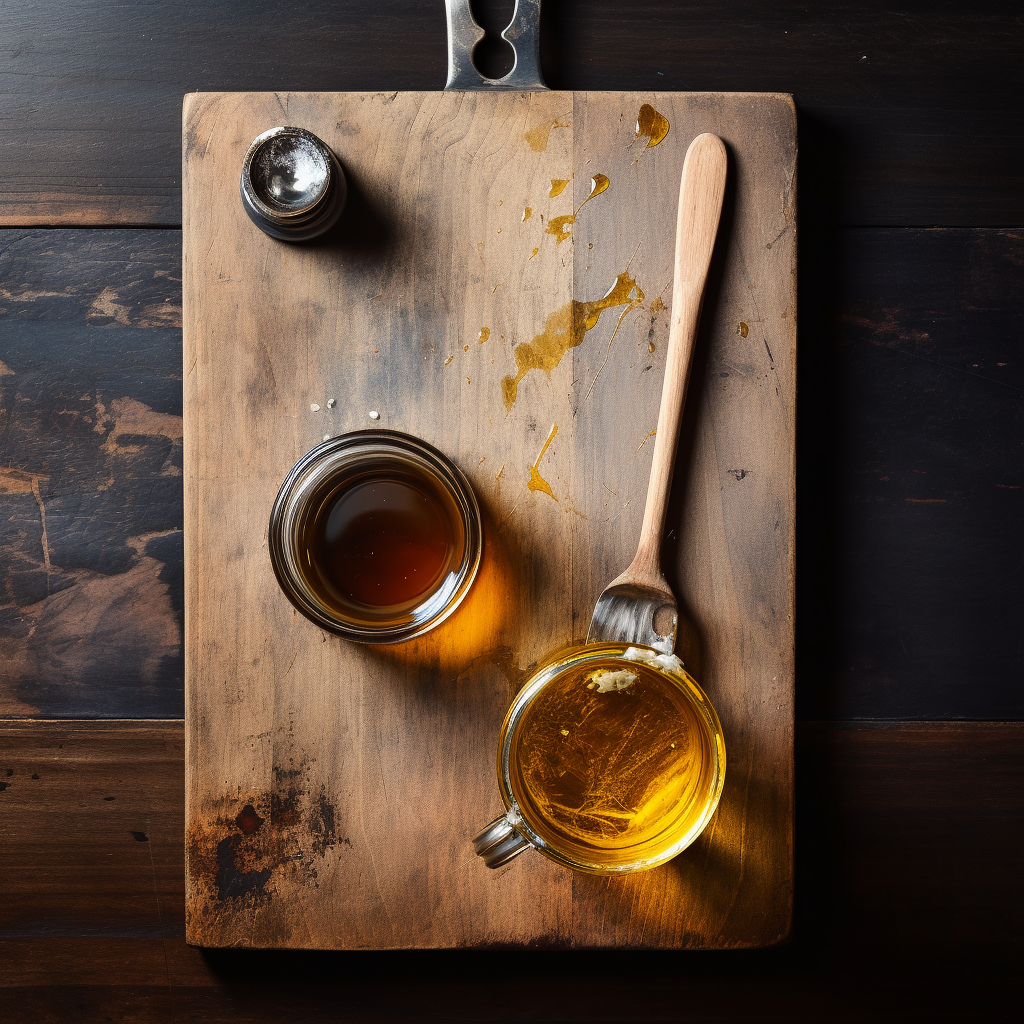If you’ve invested in a quality wooden cutting board, then it’s a good idea to protect it through sealing.
Sealing it not only enhances its longevity but also maintains its aesthetic appeal.
This guide walks you through the process of sealing a wooden cutting board, provides essential tips for maintenance, and helps you avoid common mistakes.
You’ll gain the knowledge to keep your board in top-notch condition. You can also use this same process to other woodworking projects that you will be doing in the future.
So, let’s dive in and learn how to seal your wooden cutting board like a pro.
Key Takeaways
- Sealing a wooden cutting board enhances its longevity.
- Sealing prevents moisture build-up and the growth of bacteria.
- Sealing protects the board from stains and odors.
- Regular maintenance and proper sealant selection are essential for preserving the board’s seal.
Understanding the Importance of Sealing Your Wooden Cutting Board
You’re not just preserving the aesthetic of your wooden cutting board by sealing it, you’re also extending its lifespan.
Board hygiene is paramount, and sealing prevents moisture build-up, a breeding ground for bacteria. You’re also safeguarding it from stains and odors.
The type of wood matters, too. Wood selection plays a crucial role. Hardwoods like maple or teak have tight grains, making them less prone to scratches where bacteria can thrive. But no matter the wood, sealing it properly makes all the difference.
It’s more than an aesthetic choice; it’s about preserving your investment and ensuring the safety of your food.
Materials Needed for Sealing a Wooden Cutting Board
Before starting, you’ll need a good quality sealing oil or wax for your wooden cutting board, and don’t forget sandpaper for preparing the surface.
Sealant options can be overwhelming, but food-grade mineral oil or beeswax are typically the best choices. They’re safe, efficient, and enhance your board’s longevity. If you’re on a tight budget, consider mineral oil. It’s cheaper than beeswax but offers similar protective qualities.
Remember, budget considerations should never compromise the healthiness of your board. Avoid sealants with harmful chemicals. Also, consider investing in a higher-grit sandpaper for a smoother finish.
Ultimately, sealing your wooden cutting board may cost a bit, but it’s a necessary investment that ensures its durability and your food’s safety.
Step-by-step Guide to Sealing Your Wooden Cutting Board
Now that you’ve gathered your materials, let’s dive into the step-by-step process of sealing your wooden cutting board, a task that requires patience and precision, but promises durability and longevity in return.
Start by cleaning your board thoroughly. Once it’s dry, apply the eco-friendly sealant evenly with a clean cloth. Different sealing techniques comparison reveals that circular motions work best for even distribution.
Let it soak for a few minutes, then wipe off the excess. Repeat this process at least twice for optimal results. Remember, the sealant needs to penetrate the wood deeply to protect it.
Tips to Maintain the Seal on Your Wooden Cutting Board
To keep your wooden cutting board’s seal in top shape, you’ll need to follow some maintenance tips consistently.
- Sealing Frequency: Don’t ignore this. Seal it every month if it’s heavily used. If not, every 2-3 months is fine.
- Use Alternative Sealants: Mineral oil isn’t your only option. Beeswax or carnauba wax are great alternatives.
- Always apply the sealant with the grain, not against it.
- Let it dry completely before using it.
A poorly maintained cutting board can warp or crack, ruining the seal. Don’t forget these tips, and you’ll extend the life of your board’s seal significantly.
Common Mistakes to Avoid When Sealing a Wooden Cutting Board
Even if you’re diligent about maintaining your board’s seal, you’ll still run into issues if you don’t also avoid common sealing mistakes.
One glaring error is sealant selection mistakes. Not all sealants are created equal, and the wrong choice can lead to a less-than-ideal result. Opt for food-grade mineral oils or beeswax; they’re safe and effective for wooden cutting boards.
Another mistake is overlooking drying time. After applying the sealant, you might be eager to use your board. But failing to provide ample drying time can compromise the seal. Let the board dry for at least 24 hours.


Leave a Reply